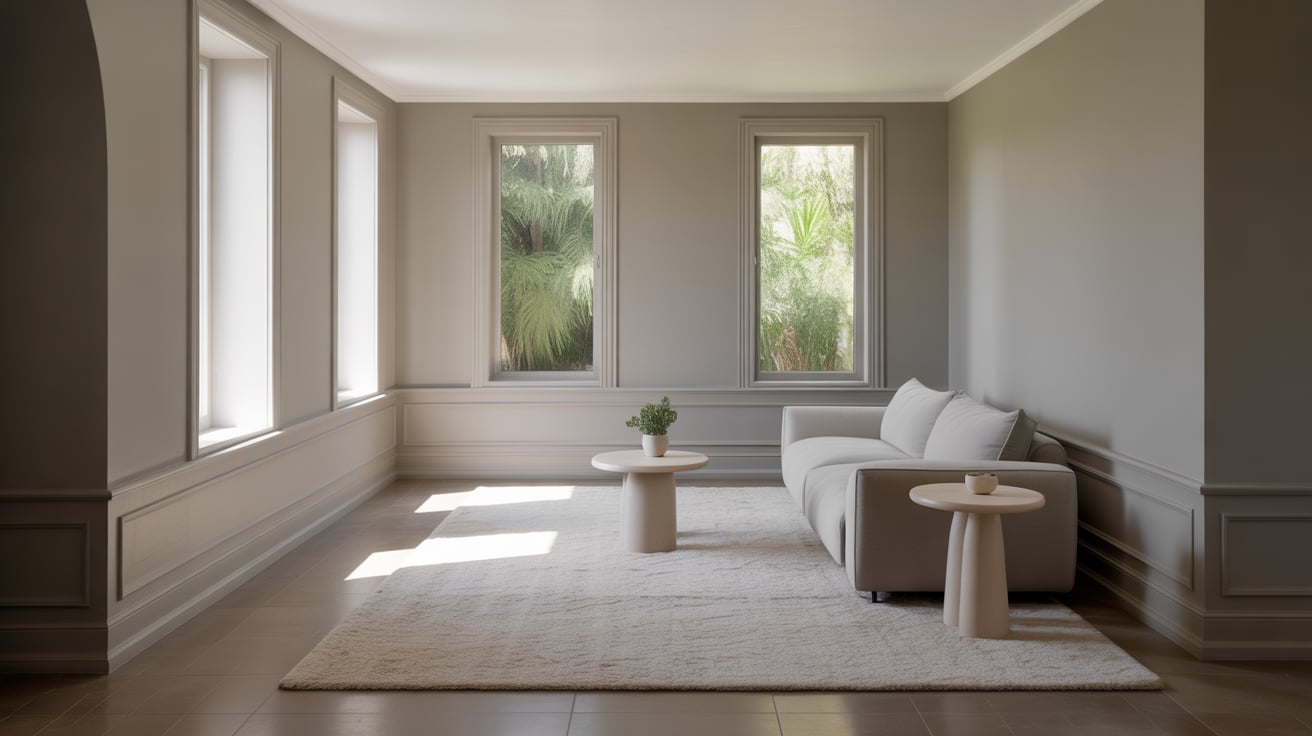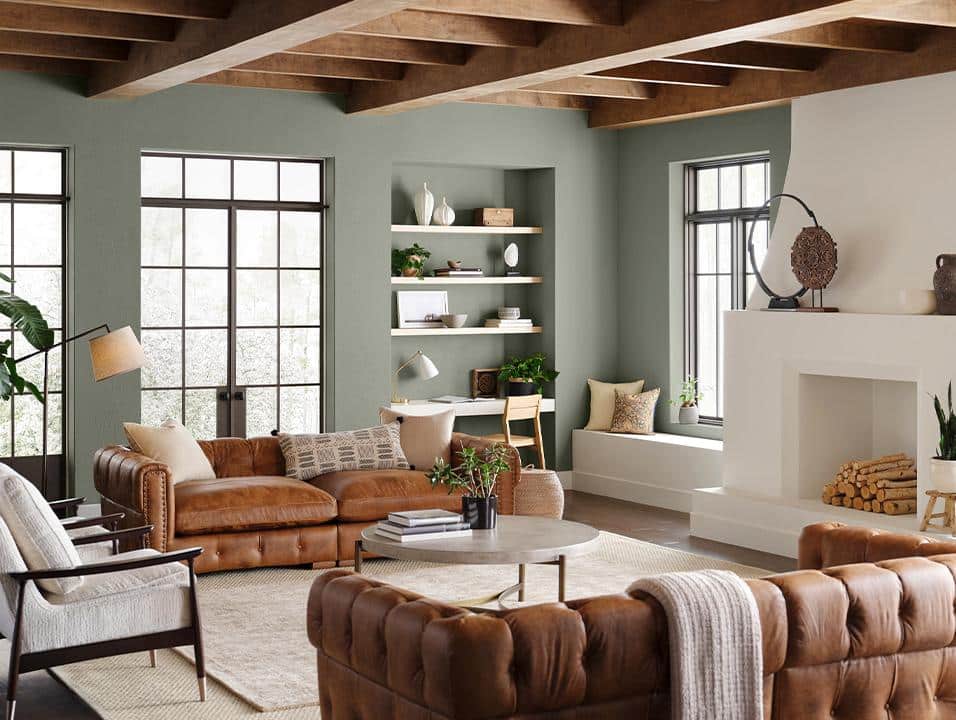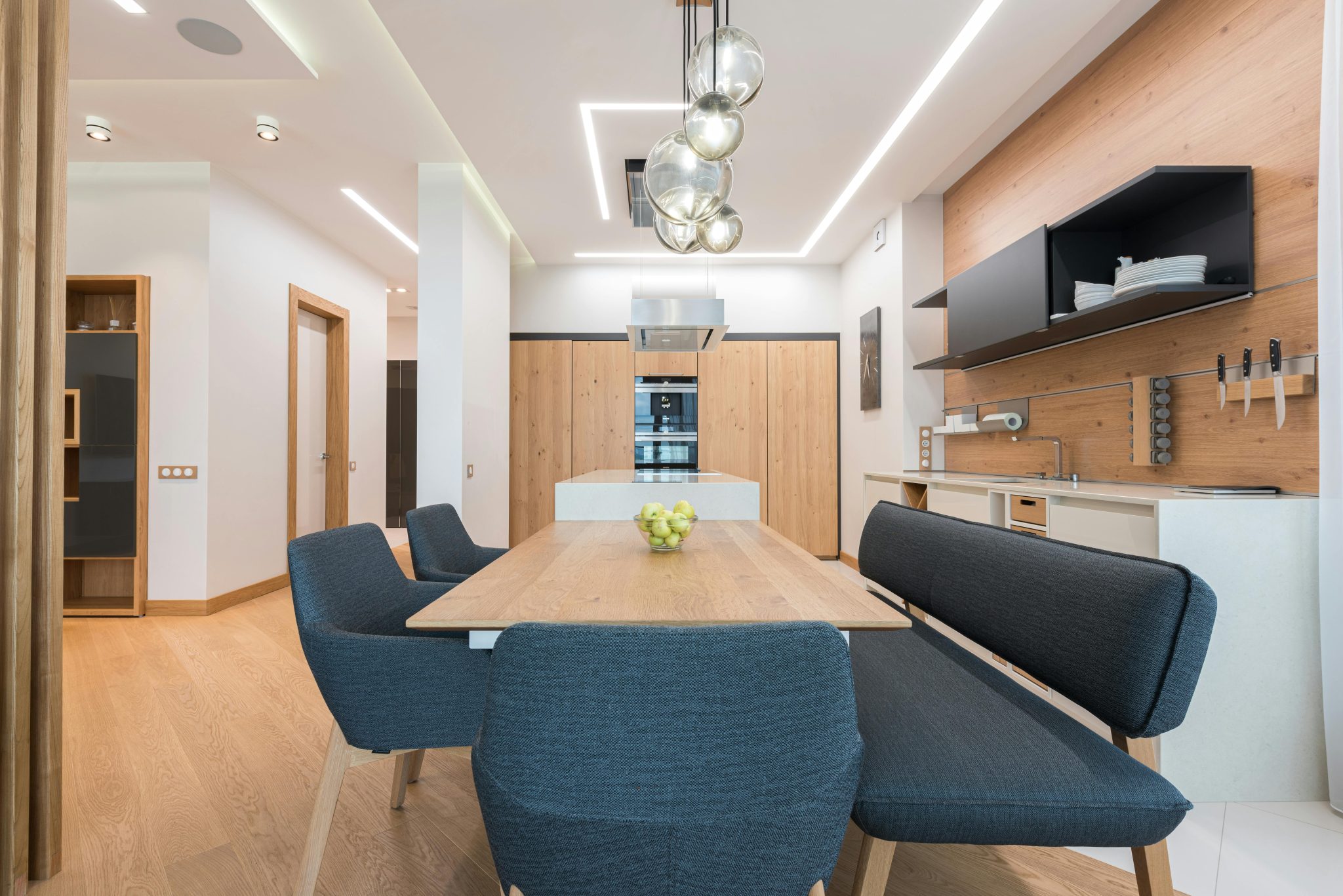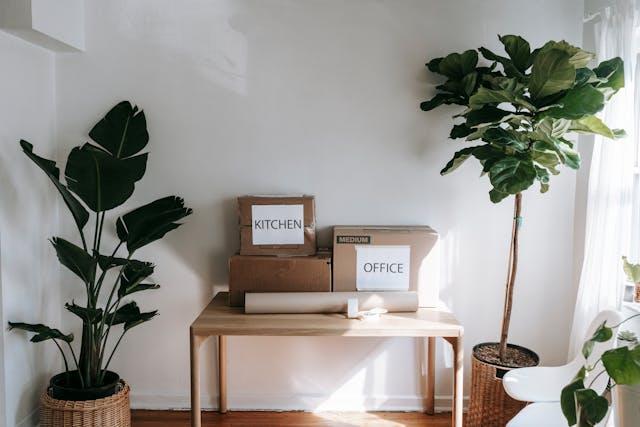The Beginner’s Guide to Using Interior Design Software
With a little bit of time and effort, it’s simpler than you may think for a novice to start designing interior spaces using the modern software available on the market today.
Aside from aiding visualisation and increasing creativity, these programs provide a plethora of tools and features to help the novice user build their design skillset. This guide will explore the key aspects of interior design software, what beginners should look for, and how to start navigating popular tools and features.
Learn the Capabilities
Before downloading any professional interior design software, it helps to learn about fundamental capabilities. Most programs enable users to create floor plan layouts, experiment with different furniture arrangements, edit wall colours and textures, add décor elements, light fixtures and more.
Some software focuses on 2D planning, while other options provide 3D visualisation. Beginners should look for programs with sizeable furniture catalogues, built-in tutorials and video resources. User-friendly options allow beginners to start simple, gratifying their initial curiosity, while more advanced tools await their skill progression.
Start with Room Planners
For those just starting, basic 2D room planners offer a practical introduction without overwhelming users. These tools allow novices to input room dimensions then add walls, windows, doors and floor layers. You can pull furniture, lighting and accessories from catalogue into different arrangements.
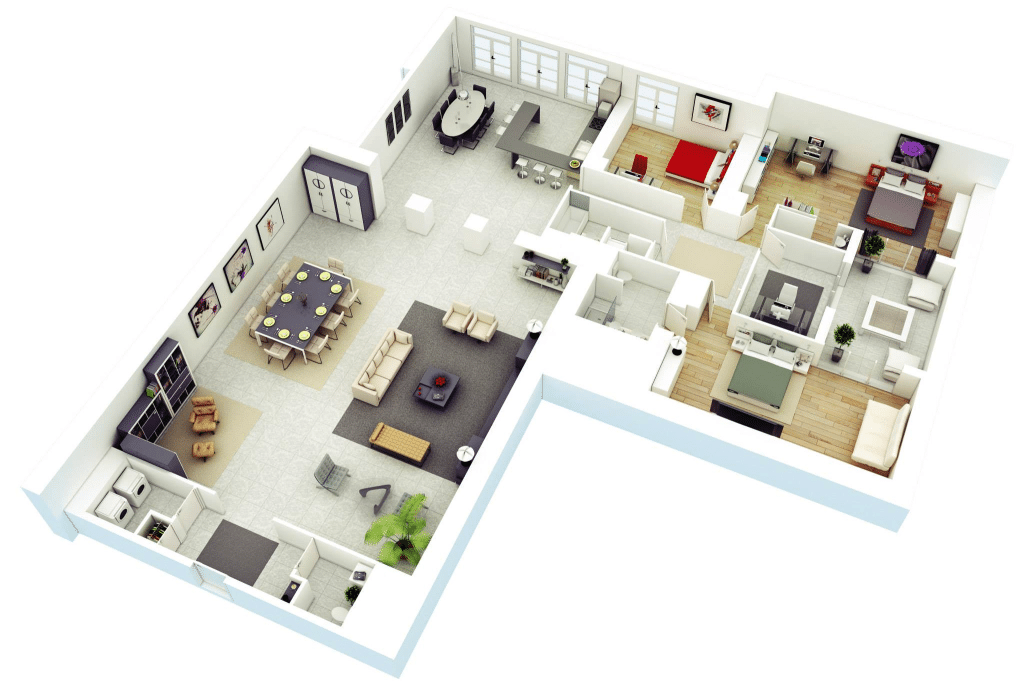
Simple programs focus on floor plan creation rather than photo-realistic visuals. As a beginner learns about space planning, these planners help build confidence and understanding. More broadly, starting simple allows a smooth onboarding process.
Start Simple with Catalogue Exploration
When initially delving into design software, beginners can start simple by browsing furniture and décor catalogues before worrying about floorplans or arrangement. Most programs showcase thousands of furniture pieces across varying styles, including sectionals, beds, dressers, desks and more.
Beyond furniture, users can scroll through lighting, rug and accessory options too. This catalogue exploration allows new users to soak in the possibilities at their fingertips without the pressures of operating complex planning tools.
Beginners gain insight on styles they gravitate toward along with key vocabulary. From transitional to modern or coastal to traditional, catalogues serve as precursors to actively designing spaces.
Utilise Interactive Tutorials
Many software options incorporate interactive tutorials guiding users through onboarding and introducing critical tools.
As opposed to sifting through dense user manuals, these break down key features into bite-sized walkthroughs. Novices can learn about adding specific furniture items, editing materials, incorporating lighting concepts and more.
Tutorials promote autonomy, allowing users to direct their own learning. You can repeat walkthroughs until you are confident using a tool and then move forward independently. Many platforms also offer supplementary video tutorials expanding on complex functions.
Experiment with Layouts and Materials
A key advantage of interior design software is the ability to experiment freely, whether that involves iterating layout ideas or sampling different finishes.
Beginners should start playing around with furniture arrangements and editing materials to drive inspiration and understand how items interact within a space. Unique layouts emerge from shifting sofas, coffee tables, rugs and art pieces.
Meanwhile, sampling wood stains, granite colours or paint swatches opens up further possibilities. As confidence builds, novices can examine how lighting and accessories impact the look and feel of a room. Start simple, then expand the complexity of experiments over time.
Incorporate Concept Boards
Most software programs enable users to curate inspiration and concept boards with images, fabrics patterns, furniture images and paint colour swatches.
Beginners can compile inspiration from photos, websites, or catalogues to hone their own aesthetic. You can organise these images across tabs or pinboards, then incorporate elements directly into 3D room designs.
For example, if a red chesterfield sofa inspires a vision, the user can add this item then edit colours and materials accordingly. Concept boards catalyse and concretise inspiration so novices can manifest their wildest design dreams.
Visualise Through 3D Rendering
Once comfortable with 2D planning, beginners can level up their skills by transitioning to 3D visualisation software.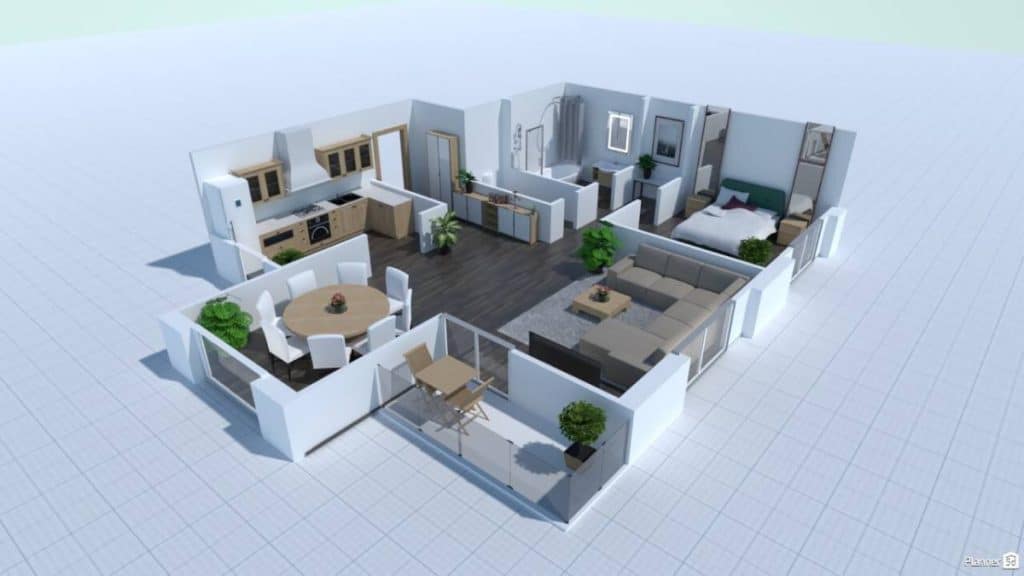
Tools like Autodesk Homestyler, Sweet Home 3D or Space Designer 3D allow users to render interior spaces with greater realism and explore designs from multiple vantage points. After laying out floorplans, novices can map textures, colours and materials onto surfaces.
Granite countertops, wooden flooring and painted drywall all incorporate realistic visual properties when rendered in 3D.
Connect with an Online Community
Beyond built-in tutorials, many interior design software options offer community forums where users share advice, showcase projects and support one another. Beginners should leverage this peer learning, gleaning inspiration or asking questions when encountering obstacles.
Friendly subreddits, Facebook groups and user forums exist for most major software options. Some even enable direct collaboration on 3D projects. Connecting with fellow users alleviates frustration during onboarding while revealing possibilities no tutorial can convey. It also makes interior design software mastery feel far less intimidating.
While advanced tools enable professionals to elevate designs, beginners need not feel overwhelmed or discoloured by the learning curve. With supportive tutorials, experimentation tools and community forums, interior design software offers playgrounds for imaginative novices to explore possibilities and progress their skills over time.


